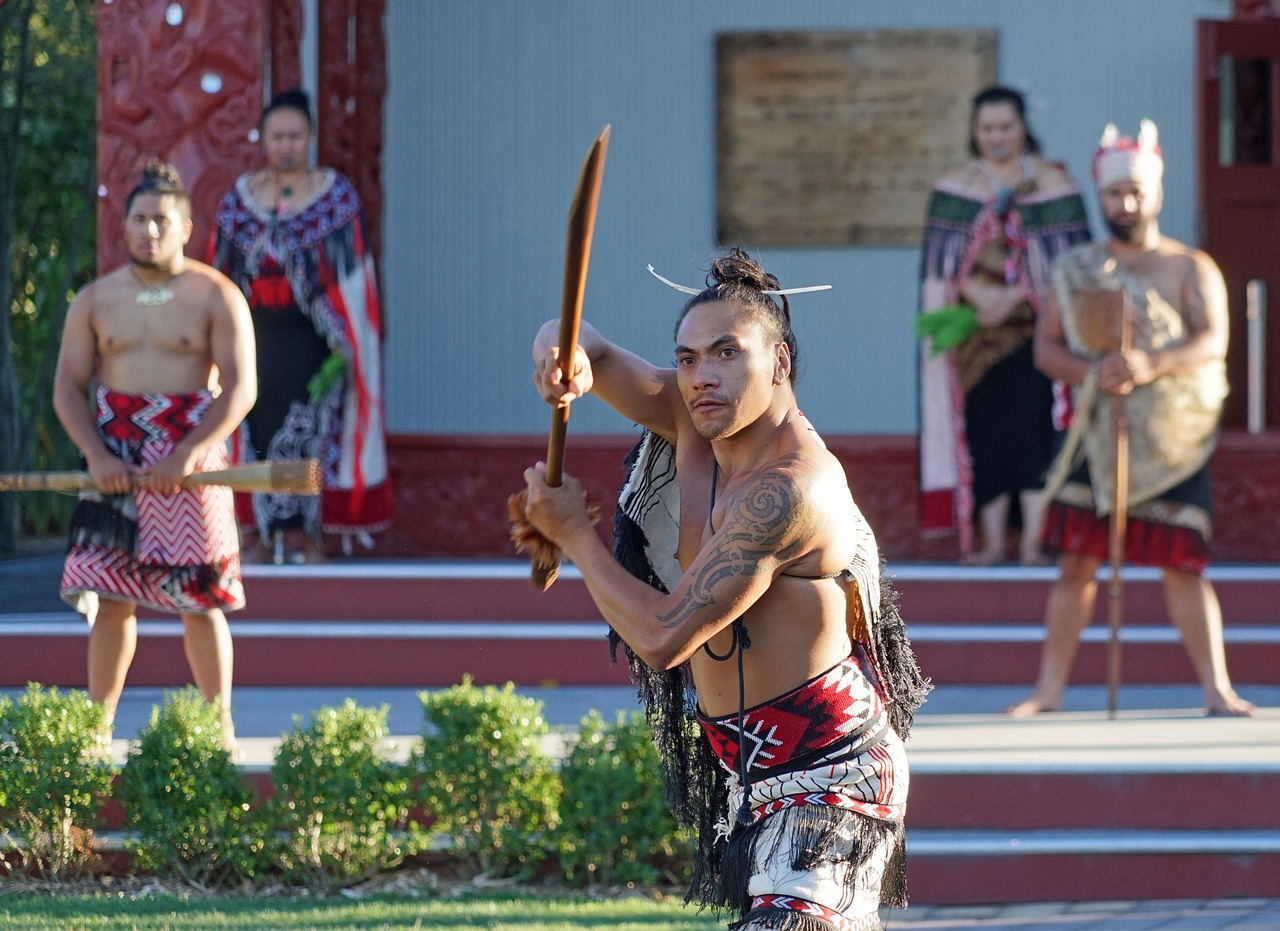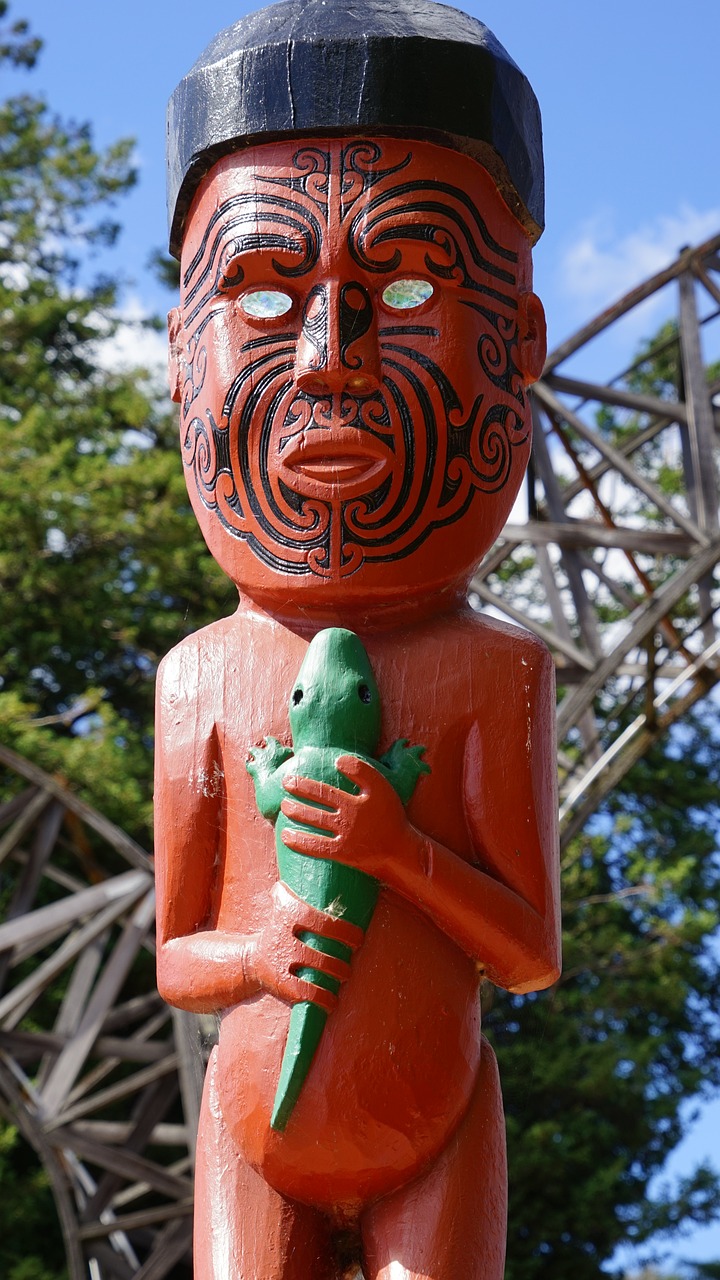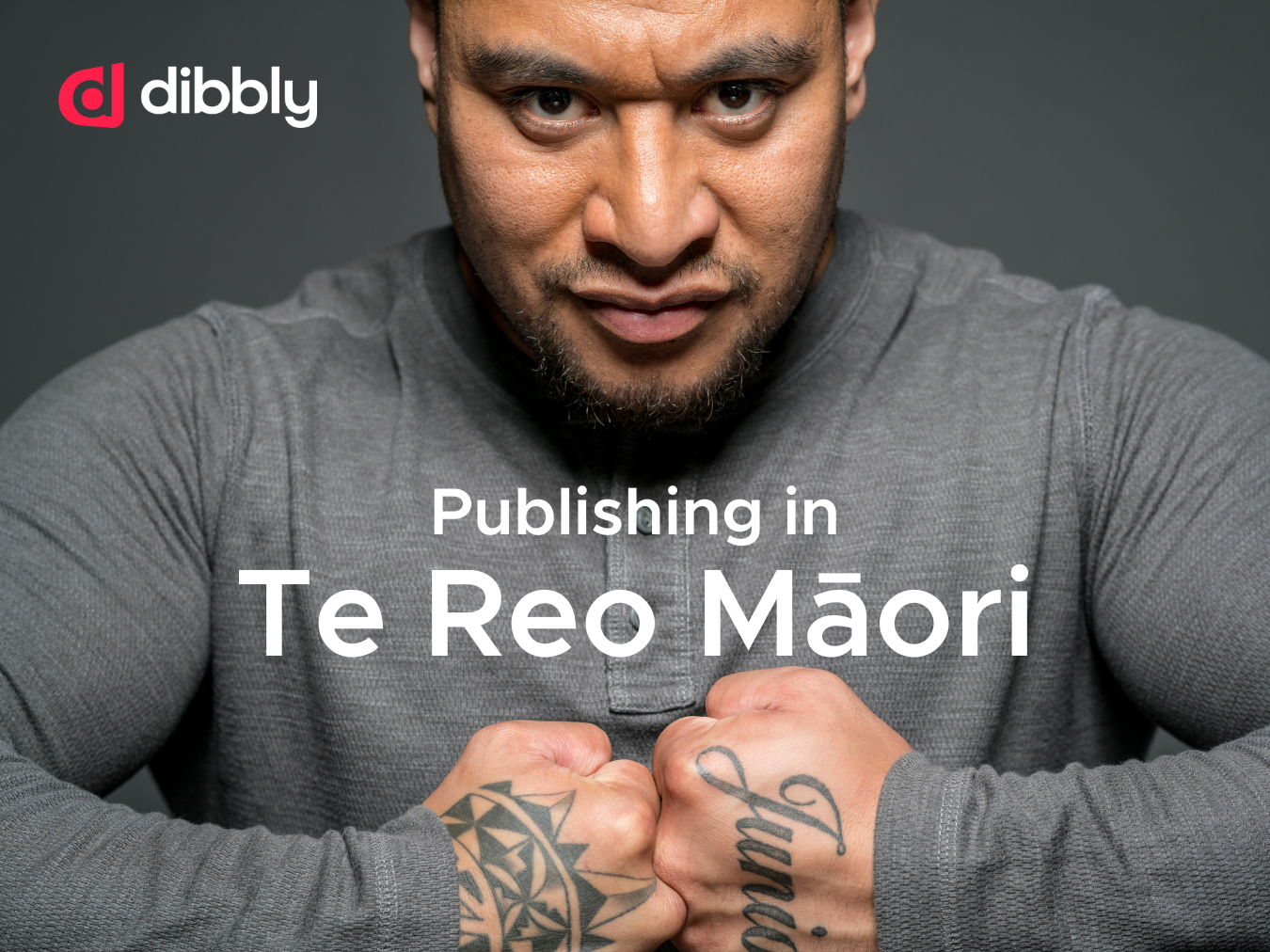Preserving and promoting indigenous languages is an important part of ensuring the cultures of indigenous people are represented accurately and fairly. In this piece, we are going to look at the efforts in Māori language publishing as well as the successes and challenges in Te Reo Māori publishing. We will also discuss the importance of indigenous language preservation.
Who Are the Māori People?
Before we talk about Te Reo Māori publishing, let’s look at who the Māori people are and what their history is.
The Māori people are the earliest known settlers in New Zealand and are strongly believed to be the first humans to reach the islands that make up modern-day New Zealand. Evidence suggests that the Māori people originated in Polynesia and that they likely had ancestors from Taiwan. It is hard to know exactly when the first people settled in New Zealand, as there was a volcanic eruption in the early 1300s on the island. There is some evidence to suggest that the island may have been explored before that eruption in the 1200s, but it is likely that people only settled on the island sometime between 1320 and 1350. It is commonly held that the ancestors of the Māori people went through Polynesian islands like Tonga, Samoa, Tahiti, Hawai’i, and Easter Island before some finally settled in New Zealand.
Five Facts About Māori People
- The word Māori translates to English as “natural” or “ordinary.” The legend is that this word was chosen by Māori people to distinguish themselves from the gods and spirits they believed in.
- In modern New Zealand, Māori people have a high level of representation in rugby and netball. Before New Zealand plays an international rugby match, their players do a traditional Māori dance called a haka.
- The first known contact between Māori people and people from beyond Polynesia was with European explorers in 1642.
- Today, the majority of Māori people live in New Zealand, but there are also large populations of Māori in Australia and the UK.

So, what then is Te Reo Māori? In English, Te Reo translates to “The Language.” So Te Reo Māori is the language of the Māori people. Sometimes, the name of the language is shortened simply to Māori or just Māori when said in English.
Te Reo Māori Publishing
Along with English, Te Reo Māori is an official language of New Zealand, originally spoken by the indigenous Māori people. The language is in the Austronesian family and is similar to the native languages of Eastern Polynesian countries such as the Cook Islands and Tahiti. Until the 1800s, Te Reo Māori was not a written language and purely existed as a spoken language. It was only when the Church Missionary Society arrived that literacy was introduced, with the first book written in Te Reo Māori being produced in 1815.
Challenges in Publishing in Te Reo Māori
The fact that the language existed in a purely oral way until the early 1800s makes it hard to learn a lot about Māori culture before then. Information was passed down through generations through storytelling and conversation.
English’s emergence as the primary language among British settlers, particularly following the signing of a contentious treaty, is another factor in Te Reo Mori’s decline. Both the British settlers and Māori people signed a treaty; however, the translations in their respective languages differed greatly, with the English version essentially demanding the Māori turn over their land and freedom.
The English language began to become more prominent around the country, even in Māori communities, and it became necessary for Māori people to learn English. Te Reo Māori began to lose the place of importance it previously held in native life out of the necessity for Māori people to learn English, which became mandatory to learn in school. Conversely, Te Reo Māori was made optional. After the Second World War, the Māori language and culture were very much pushed aside.
This is one of the challenges of publishing in Te Reo Māori, as well as other indigenous languages. The indigenous people of countries that were colonized often have to adapt to the ways of the culture of the colonizers or face alienation and even violence. This often leads to native peoples being forcefully assimilated into the way of life of the colonizers.
Fewer people were speaking Te Reo Māori, and the culture became less prominent in society over the 19th and 20th centuries. The English language was the dominant language in society, and it became the norm that communication, education, and employment were carried out in English rather than Te Reo Māori. So, the fact that the language was being spoken significantly less in everyday life meant that it was being forgotten. For small-time publishers who couldn’t afford to print books that would not sell, Māori language publishing was not viable as there was not enough of a market. And for bigger publishers, which printed almost exclusively in the English language, they were not interested in printing in Māori because their reader base wouldn’t read it anyway.
As we’ll look at in a minute, there has been a resurgence of the use of Māori language in the interest of indigenous language preservation. Books written in Māori are more readily available than they were a few decades ago. However, an issue remains with the quality of translation between English-language books and Te Reo Māori books. At the same time, there is a distinct lack of adult literature in Te Reo Māori. There are also issues with Māori people being portrayed as stereotypes in books not written by those with Māori heritage.

Successes in Māori Language Publishing
Despite all the challenges of publishing in Te Reo Māori, the language is seeing a resurgence and is being promoted more. One notable success came in August of this year at the Children’s Book Awards. This year marked the first time that the highest accolade at the award ceremony was taken by a book that was bilingual. The book is called Te Whenga: The Separation of Rangui and Papatūānuku and was written by author Mat Tait. The book won the Margaret Mahy Book of the Year Award, and significantly, it was written in a mixture of English and Te Reo Māori. The book tells the story of how the world began and includes various pieces of Māori culture.
This is a significant moment in Māori language publishing, and it is a milestone in the extensive work done in New Zealand to help promote Māori culture. The last four decades in New Zealand have seen cultural changes in areas such as libraries and information institutions in a bid to make more resources available through Te Reo Māori. The language is now used on signage, websites for these resources, and client services. This gives Māori people the opportunity to avail themselves of resources in their native language. This factor has gone a long way toward giving the Māori language a boost.
As well as this, the New Zealand Book Award Committee for young adults and children has brought in inclusive criteria for the books that enter. The committee has guidelines that include the importance of Māori children seeing themselves reflected in books and not being reduced to stereotypes and that Māori readers should have the same opportunities as non-Māori readers in terms of education. Crucially, it is also stressed that Māori language publishing should consist of high-quality use of Te Reo Māori with correct grammar and vernacular.
These are important steps as they show the language is not just there in a token way and given lip service but is actually being encouraged and promoted.
Preserving and Promoting Indigenous Languages
Indigenous people are often forgotten about in the modern world. Oftentimes, their cultures and ways of life are looked down upon and seen as primitive and uncivilized. As we’ve already mentioned, native people in the Americas, Africa, and Oceania had to adapt to the ways of life that the European colonizers had established. This has led to indigenous cultures and languages around the world being pushed aside and repressed.
When we talk about indigenous people, we are talking about the people who were the first inhabitants of the land they lived on that we know of. So, indigenous language is the language of these people before their land was invaded and settled upon by colonizers.
Indigenous languages can decline for a variety of reasons, such as when elders in the community stop passing down the language or when communities die out due to natural disasters. However, another reason indigenous languages can die out is through repressive means. Colonizers have in the past created laws that repress the use of indigenous languages and marginalize indigenous people. In some cases, this has been as extreme as carrying out genocide.
It is believed that on the continent of North America, more than 50 languages of Native Americans have been wiped out since the 17th century. The indigenous languages of Australia, Latin America, and, as we’ve seen, New Zealand have also suffered through the past few centuries.
So why is indigenous language preservation important? Early on, when we were talking about Māori language publishing, we mentioned that it is important for children and young adults to be able to see accurate versions of themselves reflected in them through books, TV shows, and films. People from marginalized communities get isolated easily, which leads to a divide between them and the dominant culture in the society they live in. It is important to promote multiculturalism in society so that ways of doing things outside of what is viewed as normal are also expressed. Showcasing indigenous culture empowers indigenous youth and gives them the inspiration needed to contribute to society in a positive and constructive way.
Language is a hugely important part of culture because it encapsulates the way we communicate. Whether it’s written or oral, what we say and the way we say it has a unique impact on our relationships. Preserving and promoting indigenous languages ensures the culture of the native people of the lands we live on does not die out. While the culture may be different from our own, it is important that we don’t invalidate or disrespect it by just replacing it with our own. We owe it to the indigenous people in our communities to respect their culture, which has for so long been pushed aside. The recent successes in Māori language publishing show that there is an appetite for indigenous culture and that native people want to see themselves represented.

Encouraging Indigenous Culture Preservation and Diversity
So, what can you do to ensure indigenous cultures are represented and that you are appealing to a diverse audience? Here are three tips to keep in mind:
- When you are writing or publishing work, aim to have well-fleshed-out characters from diverse backgrounds,including indigenous culture. Be sure to not just represent indigenous people as stereotypes but rather as real people with fleshed-out personalities.
- If you are putting together a team of people to help you market or promote your book, or you are trying to get feedback on your writing, be sure to ask people from different backgrounds. People from different places and cultures have different viewpoints, and it is important that they are all able to express themselves.
- Have your book translated into other languages so that people with different native tongues can comfortably read it. You can avail of our excellent translation services to ensure good quality, accurate translation.
Preserving and promoting indigenous languages and cultures and appealing to a diverse market is an important step in empowering people from marginalized backgrounds.
Final Words
While Māori language publishing has seen its challenges, there has been a great deal of modern success due to the efforts to revitalize the language. Hopefully, Te Reo Māori, publishing continues to grow, and Māori people continue to be represented in books. Indigenous language preservation is an important step in empowering indigenous people around the world, and the recent successes in Māori language publishing show there is an appetite to see native languages thrive.













